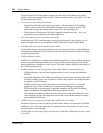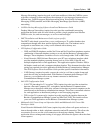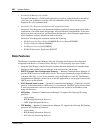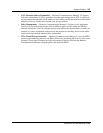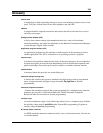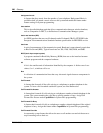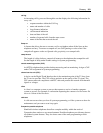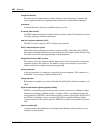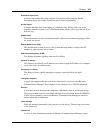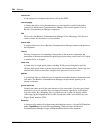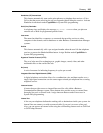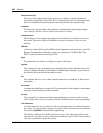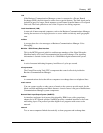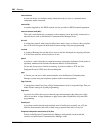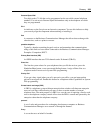
362 Glossary
P0993133 03
Companion Wireless
The name for the communication systems which use radio technology to transmit and
receive signals between its components and the Business Communications Manager.
Conference
A feature that allows the user to establish a three-way call.
D channel (Data channel)
An ISDN standard transmission channel which is packet-switched. The channel is used for
call setup, signaling, and data transmission.
data link connection indentifier (DLCI)
The DLCI is used to identify a PVC in frame relay networks.
DECT cordless telephone system
Hand held wireless telephones that allow complete mobility within the reach of DECT
base stations. Portable telephones provide many but not all standard system features. They
also share some of the same programming as desk telephones.
Delayed Ring Transfer (DRT) to prime
This feature allows the system to transfer unanswered calls on external line to the prime
telephone related to the called set. The number of rings can be adjusted. Activate this
feature under Feature settings in System programming.
dial-up connection
A dial-up connection is a temporary connection between computers. This connection is
established over an analog or digital telephone line.
dialing restriction
Restrictions are numbers you cannot dial when the dialing filter with those numbers is in
effect.
Digital Private Network Signaling System (DPNSS)
DPNSS is a networking protocol that provides operators with access to Enterprise Edge
features over multiple combined networks. Corporate offices, separated geographically,
can be linked over DPNSS to other Enterprise Edge systems, bypassing the restrictions of
the PSTNs to which they may be connected. This allows connected Enterprise Edge
systems to function like a private network. DPNSS is available for International systems
only.
directory number (DN)
A unique number that the Business Communications Manager system assigns to every
telephone or data terminal.



